Musculoskeletal injuries represent a significant portion of the disabilities veterans experience upon return from service.
With 5 out of the top 10 most service-connected disabilities in 2022 being related to musculoskeletal disorders, understanding these injuries is vital for veterans looking to get compensation.
This hub page aims to centralize all relevant information regarding musculoskeletal injuries for veterans, offering a one-stop resource.
Top Musculoskeletal Service-Connected Disabilities in 2022
Limitation of Flexion, Knee
- 134,893 new VA compensation recipients
- Ranked 2nd most common service-connected disability
Have you ever felt a tightness or restriction when trying to bend your knee?
That’s called “Limitation of Flexion.”
It means your knee can’t bend as much as it should.
Many veterans get this kind of injury during intense physical training, jumping out of vehicles, or even carrying heavy loads.
It can feel stiff, painful, and might even swell up.
If you’ve ever struggled to kneel down or squat, you might know what we’re talking about.
For more information about these injuries, read our in depth blog post below.
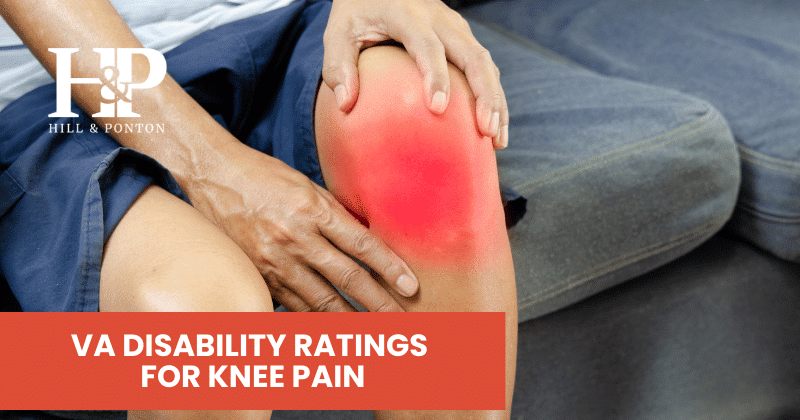
VA Disability Ratings for Knee Pain
Lumbosacral or Cervical Strain
- 103,768 new VA compensation recipients
- Ranked 3rd most common service-connected disability
Think of this as a fancy way to say “back or neck strain.”
The lumbosacral region is your lower back, and the cervical area is your neck.
Strains happen when the muscles or tendons get pulled too hard or twisted.
This can occur during military activities, like lifting heavy objects, falling, or even being in a vehicle accident.
It can cause pain, stiffness, and sometimes it’s hard to move the affected area.
If you believe you may have this injury, you can learn more about it and how the VA rates it in our blog post below.
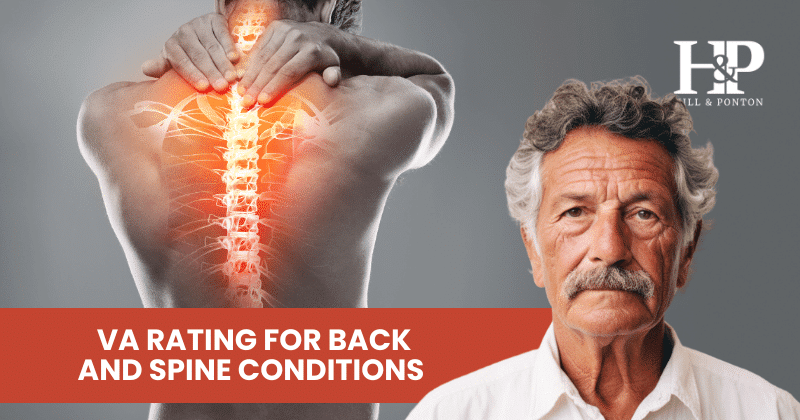
VA Rating for Back and Spine Conditions
Limitation of Motion of the Arm
- 91,424 new VA compensation recipients
- Ranked 4th most common service-connected disability
This is when your arm doesn’t move as freely as it should, like when reaching overhead or behind.
It can be due to injuries, overuse during service tasks, or even from something as simple as a bad sleep position in the field.
The arm may feel sore, weak, or even numb in some cases.
Do you have limitation of motion in your arm? Learn more about it in our blog post below.
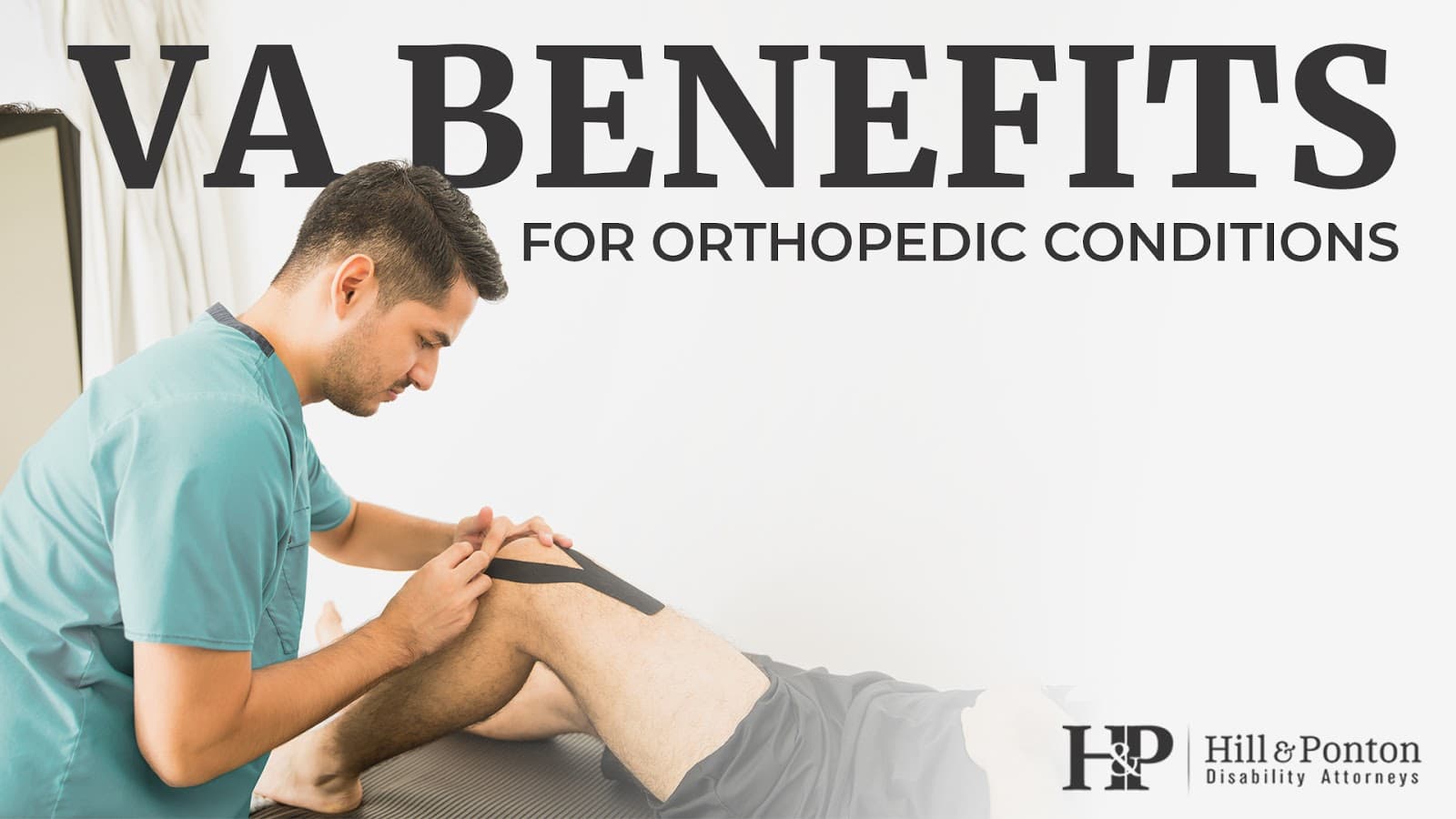
VA Benefits for Orthopedic Conditions
Limitation of Motion of the Ankle
- 71,410 new VA compensation recipients
- Ranked 7th most common service-connected disability
Ever felt like your ankle just won’t move right, especially when trying to point your toes or walk on uneven ground?
This limitation can come from injuries like sprains, carrying heavy gear, or even uneven terrains during marches.
It can be painful, and sometimes the ankle might swell or bruise.
For more information about limited ankle motion, read our blog post below.
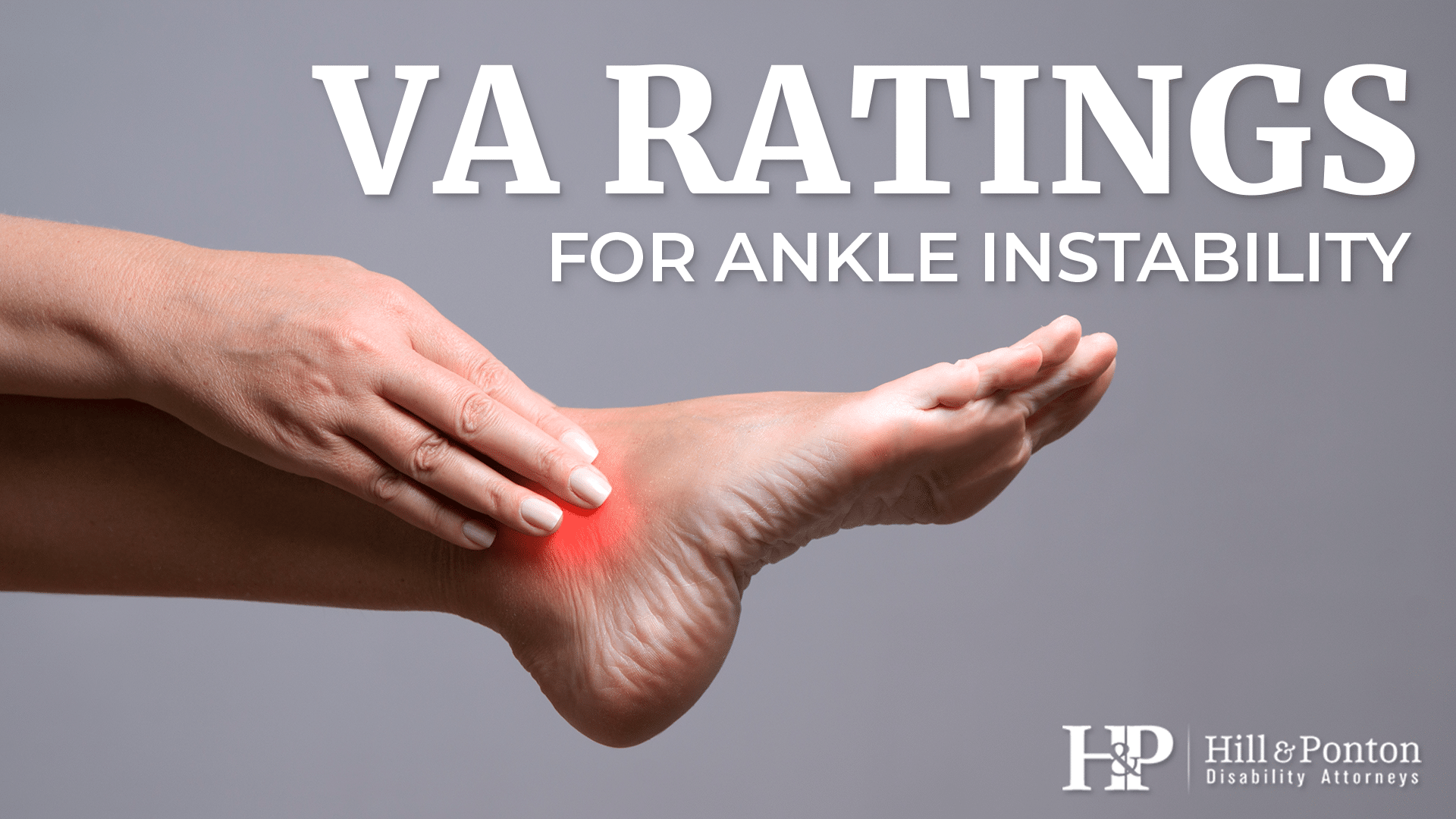
VA Ratings for Ankle Instability
Paralysis of the Sciatic Nerve
- 64,566 new VA compensation recipients
- Ranked 8th most common service-connected disability
The sciatic nerve is a big nerve that runs from your lower back, through your hip, and down your leg.
If it gets damaged or pressured (like from a back injury or prolonged sitting), it can cause sharp pain, numbness, or even weakness in the leg.
Many veterans experience this from activities that put strain on the back or directly injure the nerve.
Want to learn more? Check out our post below.

Understanding Musculoskeletal Disabilities: In-Depth Guides
VA Disability Rating for Back Pain
Discover the VA’s approach to rating back pain, how it’s assessed, and what compensation veterans might expect.
Secondary Conditions Veterans Can Claim for Back Pain
Dive into the secondary issues arising from back pain and how these can also qualify for VA disability benefits.
VA Rating for Degenerative Disc Disease
An exploration of how the VA rates and compensates for the wear and tear on spinal discs often seen in veterans.
VA Disability Ratings for Herniated Disc
Learn about the disability ratings for when a spinal disc pushes out of its normal space, causing pain and discomfort.
Spinal Fusion VA Disability Rating
Uncover how spinal fusion surgeries, a common remedy for severe back issues, are rated by the VA.
Specific Conditions and Their Ratings
VA Disability Ratings for Arthritis Conditions
Dive deep into the VA’s perspective on arthritis, its various forms, and how they determine disability ratings.
VA Disability Ratings for Rheumatoid Arthritis (RA)
Discover how this specific inflammatory arthritis type is assessed and rated by the VA.
VA Ratings for Intervertebral Disc Syndrome
Learn about this painful spine condition, its symptoms, and how the VA compensates veterans who suffer from it.
VA Disability Rating for Radiculopathy
An overview of radiculopathy, a nerve issue often linked to spine conditions, and the VA’s approach to rating it.
VA Disability Ratings for Scoliosis
Get insights into how the VA rates the abnormal curve of the spine known as scoliosis.
VA Disability Ratings for Spinal Stenosis
Delve into spinal stenosis, a narrowing of spaces within the spine, and its VA disability ratings.
Understanding VA Disability Ratings for Inclusion Body Myositis (IBM) in Veterans
A deep dive into IBM, a muscle-weakening condition, and how the VA assesses and rates it for veterans.
VA Disability Ratings for Tennis Elbow
Explore the VA’s take on this common repetitive strain injury, its symptoms, and compensation levels.
VA Disability Rating for Rotator Cuff Repair and Shoulder Bursitis
Learn about the ratings for these shoulder conditions, from surgical repairs to the inflammation of bursa.
VA Disability Rating for Tendonitis
A look into how the VA rates inflammation or irritation of tendons, commonly found in veterans.
VA Disability Rating for Wrist Pain & Carpal Tunnel
Discover the VA’s perspective on wrist-related issues, including the nerve compression disorder known as carpal tunnel.
VA Disability Rating for Bunions | Hallux Valgus
Uncover the VA’s approach to rating the painful bony bump that forms on the base of the big toe.
VA Disability Ratings for Shin Splints
Learn about this common injury, especially among active military members, and its VA disability ratings.
Miscellaneous Musculoskeletal Concerns
The Bilateral Factor & Your VA Disability Rating (2023 Update)
A fresh look at how the VA considers bilateral disabilities (affecting paired body parts) in their 2023 ratings.
VA Disability Ratings for Shoulder Replacement/Repair: What Veterans Need to Know
Dive into the details of shoulder surgeries, replacements, and how the VA rates these conditions.
Chronic Pain Syndrome & Your VA Disability Claim
Explore the intricacies of chronic pain, its impact on veterans, and how the VA evaluates it for disability.
VA Disability Rating for Foot Drop
Discover how the VA views and rates the difficulty in lifting the front part of the foot.
VA Benefits for Orthopedic Conditions
A broad look at various bone and joint disorders and the benefits the VA offers for them.
VA Disability for Shrapnel Wounds (Benefits and Rating)
Delve into how the VA evaluates and compensates for injuries caused by shrapnel, a common wartime injury.
Training-Related Musculoskeletal Injuries in the Military
Military training is intense and rigorous, often pushing service members to their physical limits. This intensity, while necessary for preparedness, can sometimes lead to various training injuries.
Understanding the scope and specifics of these training related injuries can be beneficial for veterans seeking compensation. Let’s take a look at some data gathered by the Army in 2023 about training injuries.
Common Training Injuries
- Overuse Injuries:
- Often result from repetitive motions during training exercises.
- Common sites include knees, ankles, and the lower back.
- Fractures and Dislocations:
- Typically result from high-impact activities or accidents during training.
- Can lead to long-term complications if not treated immediately.
- Soft Tissue Injuries (Sprains and Strains):
- Resulting from overstretched or torn ligaments and tendons.
- Common in training activities that involve sudden movements.
Understanding Training Injuries in the Military
Musculoskeletal injuries, those related to muscles, bones, and joints, present a significant concern within the U.S. military.
Here’s a look into the magnitude of the issue:
Almost 50% of service members report at least one such injury annually.
This staggering statistic translates to over 2 million medical consultations across the various military branches every year.
The aftermath of these injuries isn’t just pain and treatment; many affected individuals face 90 to 120 days or more of restricted work or lost duty time.
The predominant injuries are overuse issues like strains, sprains, and stress fractures, especially targeting the lower extremities such as the foot, ankle, or leg.
Furthermore, over half of these cases are linked to exercise or sports activities, with running being a frequent offender.
While the lower body is the most common site, many service members also experience back and shoulder injuries, often resulting from lifting and carrying heavy equipment.
Causes and Risk Factors
Injuries can be influenced by various factors, ranging from the nature of the activity to individual choices and environmental conditions.
High-risk activities like running and parachuting, while integral to military training, often lead to injuries.
However, risks can be mitigated by moderating the frequency of these activities and ensuring the use of proper safety equipment and procedures.
Individual factors also play a part. While elements like age and gender remain constant, certain changeable factors can be controlled.
Physical fitness, weight, body mass index (BMI), nutritional habits, and even smoking can either increase or decrease the risk of injury.
Environmental conditions, such as extreme temperatures or challenging terrains, can exacerbate risks, so balancing these with training goals is crucial.
Prevention Measures
Although it’s impossible to avoid all injuries, steps can be taken to prevent many of the common ones.
Ensuring optimal fitness levels is crucial, and unit leaders should be proactive in reducing the frequency of injuries.
It’s essential to understand that it’s not just the severe injuries that matter. Even more common issues like sprains and stress fractures can significantly impact military readiness.
Being informed about the prevalent types and causes of injuries at the local or unit level can guide prevention strategies.
Identifying and addressing the primary activities and groups associated with leading injuries can help, but remember, prevention methods need to be implemented correctly and consistently to be effective.
Monitoring and evaluating these strategies can further ensure their success.
Secondary Conditions for Musculoskeletal Injuries
Musculoskeletal injuries can lead to a cascade of related issues, commonly termed “secondary conditions”.
Understanding these secondary conditions is critical as they can contribute to a veteran’s overall disability rating, potentially bringing it to 100%.
What is a Secondary Condition?
A condition caused or exacerbated by an existing service-connected condition.
It is not directly related to military service but is related to the primary service-connected injury.
Common Secondary Conditions for Musculoskeletal Injuries
- Back Pain Leading to Radiculopathy:
- Tingling, numbness, and pain radiating down the arms or legs.
- VA Disability Rating for Radiculopathy
- Degenerative Disc Disease Leading to Limitation of Motion:
- Restricted movement due to deterioration of spinal discs.
- VA Rating for Degenerative Disc Disease
- Knee Injuries Leading to Development of Arthritis:
- Chronic pain, swelling, and stiffness in the joint.
- VA Disability Ratings for Knee Injuries
- Shoulder Injuries Leading to Tendonitis or Bursitis:
- Inflammation of tendons or cushioning sacs in the shoulder.
- VA Disability Rating for Tendonitis
- VA Disability Rating for Rotator Cuff Repair and Shoulder Bursitis
How Secondary Conditions Contribute to Your VA Rating
When it comes to VA disability ratings, understanding how the system works can sometimes be overwhelming.
It’s important to note that the VA doesn’t simply add together individual disability percentages.
Instead, they use a special formula.
This means that two separate 50% ratings won’t give you a 100% total rating.
Given this unique combined rating system, many veterans find it hard to reach a 100% rating based solely on their primary conditions.
This is where secondary conditions come into play.
Secondary conditions can essentially bridge the gap, helping veterans inch closer to that 100% mark.
However, to ensure that these secondary conditions are recognized by the VA, the link between your primary and secondary conditions should be well-documented.
Having comprehensive medical records that establish this connection is vital.
Want to learn more about VA Math and how they calculate multiple disability ratings? Check out our guide!

Tips to Get Musculoskeletal Condition to 100% VA Disability Rating
Achieving a 100% VA disability rating for a musculoskeletal condition might be challenging, but with the right steps, it’s feasible.
Regular medical evaluations are essential.
These check-ups don’t only monitor your primary condition but can also uncover potential secondary conditions at an early stage.
As a veteran, it’s also crucial to keep detailed records of all your medical interactions, including visits, treatments, and doctors’ recommendations.
This documentation will be invaluable when presenting your case to the VA.
Want to learn about evidence and why it’s so vital for your VA disability claim? Read our guide!
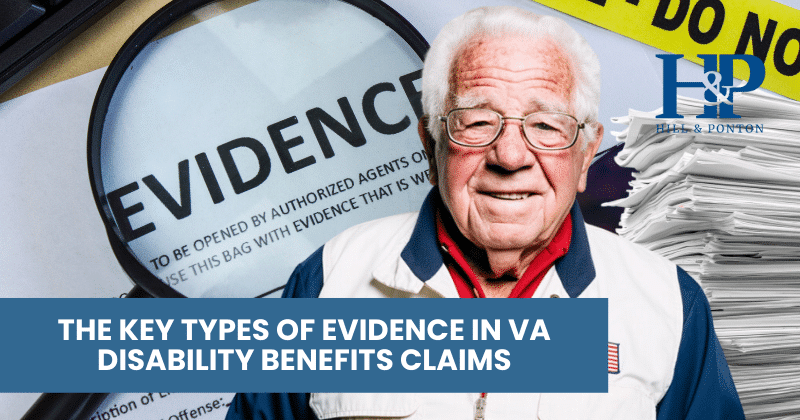
The Key Types of Evidence in VA Disability Benefits Claims
But navigating the VA system can sometimes require expertise.
Whether it’s understanding the nuances of the process or knowing the right strings to pull, hiring a VA disability attorney or advocate can be beneficial.
They bring to the table a wealth of experience that can simplify and expedite your claim.
Lastly, remember that medical conditions, especially musculoskeletal ones, can evolve.
It’s possible for them to get worse over time, which might entitle you to a higher rating.
Thus, regularly reviewing and updating your claim is essential.
Whenever possible, use robust medical evidence to demonstrate the connection between your primary injuries and any secondary conditions.
This will strengthen your claim and increase your chances of achieving a 100% disability rating.
Check out our guide to 100% Disability Ratings below for more tips on how to accomplish this!

The Ultimate Guide to 100% VA Disability Benefits
TDIU for Musculoskeletal Conditions
For veterans with musculoskeletal issues, the VA’s Total Disability based on Individual Unemployability (TDIU) could be a game changer.
TDIU is a special VA benefit created for veterans like you. Even if your health conditions don’t total a 100% disability rating, if they heavily impact your work capability, TDIU can ensure you’re compensated as though they do.
Eligibility Criteria
- Single Disability: A service-connected disability rated at 60% or more.
- Multiple Disabilities: Combined rating of at least 70%, with one disability rated 40% or higher.
- Employment Impact: Disabilities should prevent you from securing or retaining a livable wage job.
Musculoskeletal conditions can be particularly impactful. Why? Because they directly affect your body’s strength, flexibility, and movement. Here are some real-world implications:
- Severe Back Pain: Can limit your ability to sit or stand for long, affecting roles in offices or manual work.
- Degenerative Joint Conditions: Consistent pain and restricted movement can make physical jobs unmanageable.
- Chronic Arthritis: Challenges roles that need precise handwork.
Want to learn more about everything TDIU? Check out our comprehensive guide below!

Total Disability Individual Unemployability (TDIU) Guide
Want to learn more about the claims process? Check out our free ebook.
If you are intending to appeal a denied claim, you can contact us for an evaluation and we can help you with this process.
However, if you are considering filing an initial claim, or even if you are interested in learning about the appeals process, we offer a free ebook to get you started on the right foot!
The Road to VA Compensation Benefits will help break down the claims process from start to finish. Click the link below to learn more.





